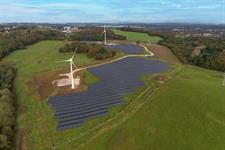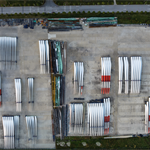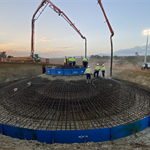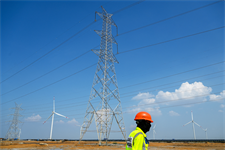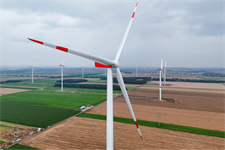Wind sector calls for ‘level playing field’ as England commissions just 1MW onshore in 2022
Energy Disrupter
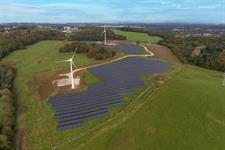
The two 500MW turbines were installed at Keele University in England’s west midlands last year. They were the only two 100kW-plus turbines commissioned in the country in 2022.
By contrast, 314MW of new onshore wind capacity was commissioned in Scotland, which accounted for the vast majority of the UK’s 318MW total in 2022. This UK figure marks a fall from the 370MW commissioned in 2021, when no turbines were brought online in England or Wales.
Meanwhile, offshore wind commissioning in UK waters reached record levels with nearly 3.2GW brought online, according to RenewableUK data.
The industry body warned that the UK’s permitting system presents a major barrier to accelerating the UK’s shift away from fossil fuels and imported energy, with approval for some offshore wind farms taking up to four years, and onshore wind facing a de-facto ban in England.
CEO Dan McGrail said: “We need to see substantial changes to enable consumers and local communities to benefit fully from the benefits that this popular low-cost technology offers.
“That means changing the rules which skew the [permitting] system unfairly against onshore wind in England, putting it back on a level playing field so that it can compete fairly against other clean technologies.”
Unlike other energy sources in England, onshore wind projects are decided by local authorities. If one person objects to a project, it can be blocked. Local permitting authorities are also supposed to suggest suitable areas for onshore wind development, but only a small portion have done so, according to industry body RenewableUK. Permitting rules drawn up by devolved governments in Scotland and Wales are friendlier to onshore wind.
Prime minister Rishi Sunak’s government is currently consulting on lifting the de-facto ban on onshore wind development in England in areas with local support – though how communities can demonstrate this is unclear.

